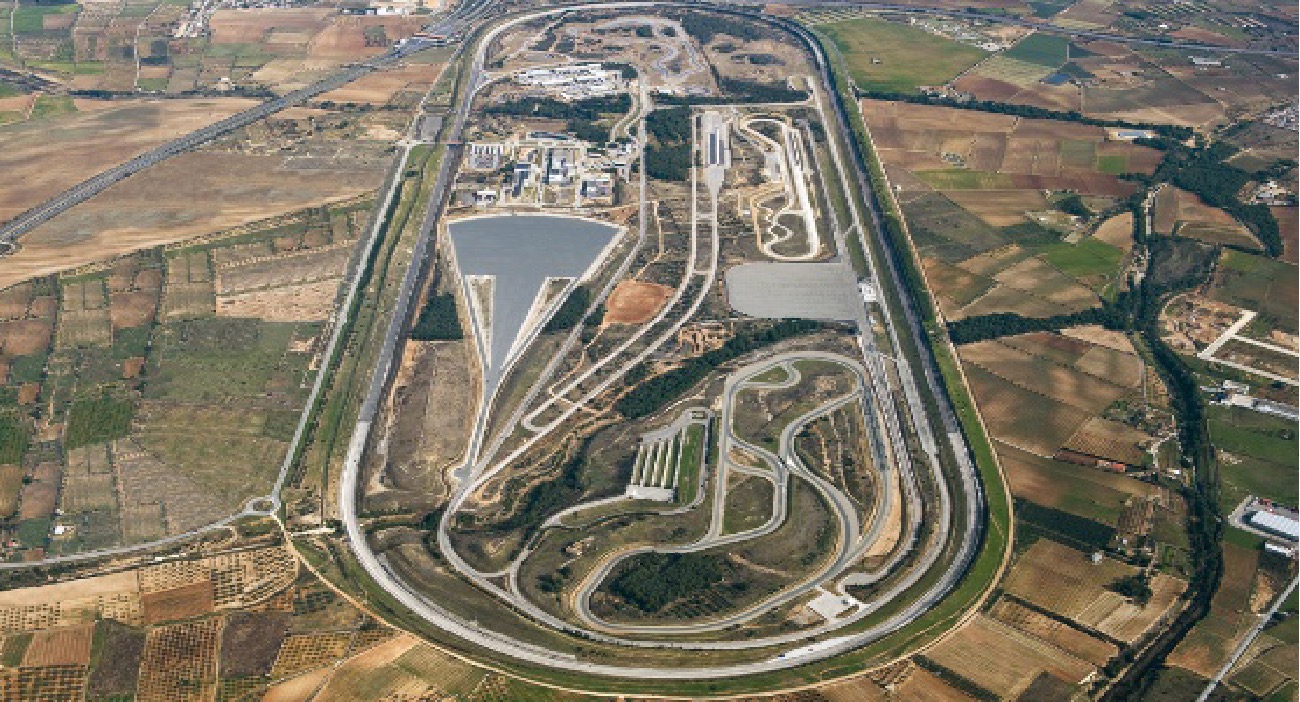Ground traffic control
The Ground Traffic Control (GTC) System is the next generation software and hardware solution for monitoring, commanding and coordinating proving ground vehicle testing. GTC is a comprehensive package for all vehicle traffic at a proving ground including: robot-controlled vehicles, ADAS platforms, human driven vehicles and fixed proving ground infrastructure.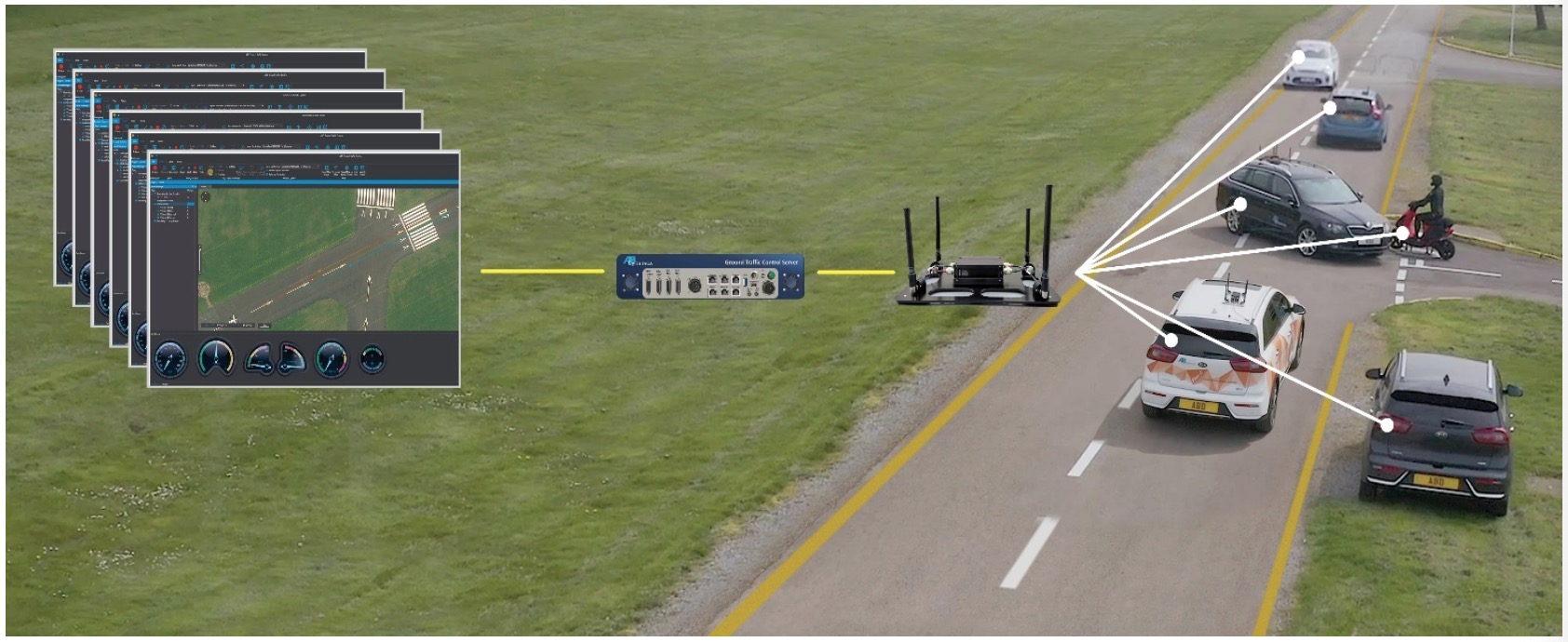
GTC has all the functionality of AB Dynamics' existing Driverless Base Station (DBS) software, but with enhancements and new features that revolutionise the way track testing is run. The system is designed from the ground up for the future of vehicle track testing and customers' current and future requirements. Future applications include autonomous vehicle (AV) testing, swarm testing, sim-city environments, vehicle-to-vehicle (V2V) & vehicle-to-infrastructure (V2X) communications, mixed driver and driverless vehicle ptesting, and proving ground management.
A centralised real-time server lies at the heart of GTC, communicating with the vehicles & platforms, whilst a new software interface provides monitoring, command and control.
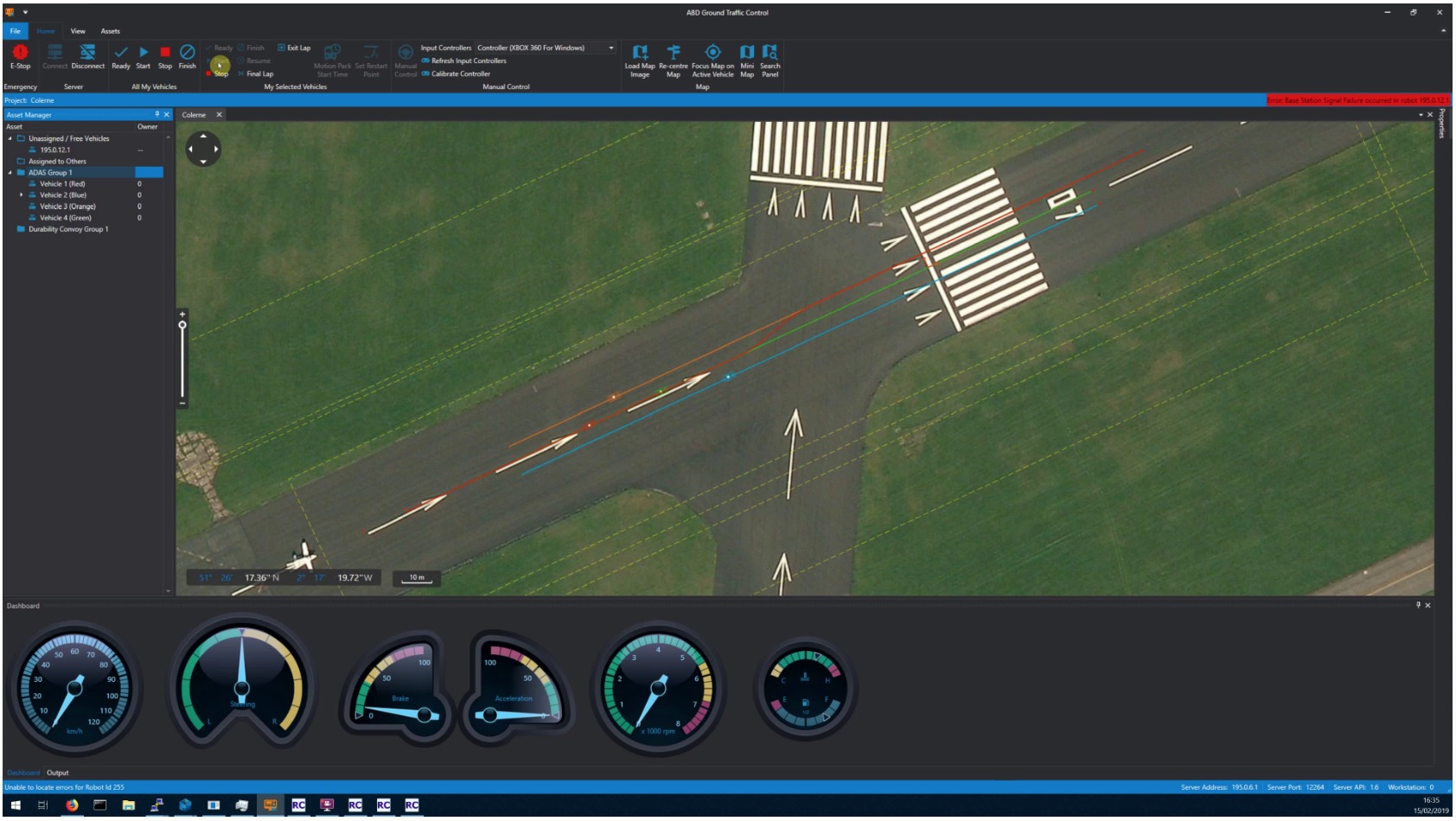
GTC Server
Real-Time Server
For reliable and safe operation of a proving ground, the GTC Server provides a real-time link between vehicles on the test track and the control and monitoring software at the base station. All robot vehicles on the proving ground automatically connect to the Server on power up, whilst the server will establish a continuous communications link throughout the testing day for command and monitoring purposes.
 NB: Pictures are for reference only, exact configuration depends on actual selection.
NB: Pictures are for reference only, exact configuration depends on actual selection.
•Real-Time Embedded Processor Fast communications relay to vehicles and control software
•Advanced Collision Detection and Prevention
•Proving Ground Rule Area Monitor
•Digital Inputs, ADCs and Digital Outputs
Digital inputs and outputs
The GTC Server also features several general-purpose digital inputs and outputs to connect to proving ground infrastructure such as laser trip fences, traffic lights, flood lights, traffic gates and ground loop sensors. This allows for the enhanced monitoring, management and control of the proving ground automatically from the user interface.
Collision Detection
An advanced collision detection and prevention system monitors the position, heading and speeds of all vehicles using their GPS positioning data. If a potential collision is detected, the server can command a range of braking actions to robot driven vehicles (both human operated and driverless) to prevent the collision and keep the testing on schedule. For human driven vehicles, an in-vehicle audio/visual warns the user of a potential collision. This system will allow for mixed driverless robot and human driver testing to maximise proving ground efficiency and safety.
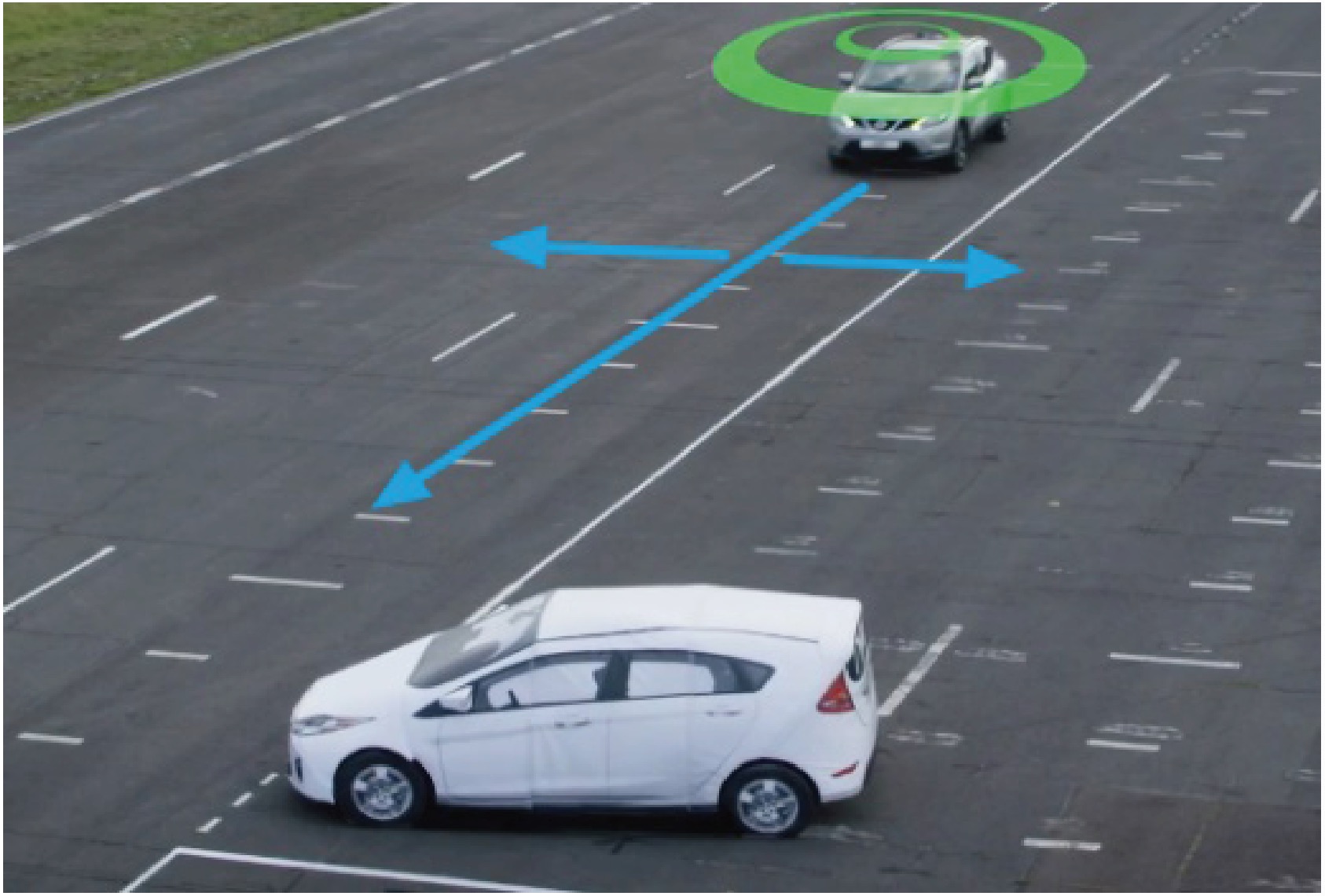
Advanced User Interface
The GTC Software application for Microsoft Windows provides an advanced interface for the user to monitor and control the vehicles on a proving ground. The application provides complete flexibility for customising the screen layout to the user's preference and provides visual themes including day, night and touchscreen mode. Panels within the application can be docked, undocked, tabbed and resized to provide an optimised view for your particular testing application. The panels available include: Map Viewer, Asset Manager, Property Viewer, Virtual Dashboard and Data Grid Viewer.
Multi-Workstation and Multi-Screen Support
The software supports multiple PC monitor screens to maximise testing visualisation for a track test operator. If multiple operators are required, additional licence 'seats' can be purchased, which are managed by the GTC server. Licence seats are available for:
Manager – Full control of assets and test operation
Viewer – Allows monitor mode only
Automatic Asset Detection
All available assets on a proving ground are automatically detected by the software and displayed in a concise hierarchical list. These include all AB Dynamics' Power Robot Controllers and ADAS platforms and their sub devices listed, such as motion packs, tablet PCs and safety controllers etc. In addition, proving ground infrastructure can be detected and listed for control and monitoring. For vehicles that are not robot controlled such as human driven test vehicles or proving ground service vehicles, AB Dynamics will offer a range of vehicle tracking solutions using GPS and radio telemetry to track and display their positions on the map. These tracked vehicles can be integrate with the collision detection and avoidance algorithm.
Live Maps
The GTC Software provides live link to maps from Bing Maps and Open Street Map for monitoring the vehicle positions and paths. For remote working, map tile data can be cached for off-line use. Customised map tiles and existing robot coordinate system image maps can be overlayed when working completely offline or when the proving ground is not yet visible from the built-in map providers.
Monitor Mode
Monitor Mode allows for read-only access to the system to monitor vehicles, paths, position and motion data. This provides a facility for supervisors, track security and track emergency services to monitor proving ground traffic, but without interrupting the vehicle testing.
Virtual Dashboard
The virtual dashboard can display live vehicle data in an intuitive panel to provide feedback to the operator as to the vehicle's performance.

Applications
ADAS / Autonomous Vehicle Testing
Existing ADAS testing is currently focused on a single vehicle under test (VUT) with a single target – such as a car, pedestrian or cyclist. For the next generation of track testing for AVs, scenarios include a host of different targets for the VUT to simulate real-world conditions that the AV may encounter. Such a swarm may include our Guided Soft Target (GST), LaunchPad and Robot Car platforms. This could be for simulating highway or city conditions for AV algorithm and system validation testing.
Controlling a whole fleet of vehicles and platforms is at the centre of the design of the GTC System. Monitoring and control of platforms can be shared between multiple operators at the testing base station on different PC work stations, and assets can be managed with ease. This allows simultaneous monitoring and control by multiple operators to increase productivity.
Mixed Mode Durability Testing
Driverless Robot Systems are often used for vehicle durability testing due to the hazardous conditions that test drivers may experience, but also to increase testing accuracy and repeatability. To improve proving ground safety, efficiency and throughput, the GTC System allows mixed traffic – both driverless robot and human driven vehicles that are GPS located to coexist on the track using the advanced real-time collision checking and prevention system†. Robot-controlled vehicles by AB Dynamics can be commanded to automatically brake at junctions to allow other traffic to pass before continuing with the testing*.
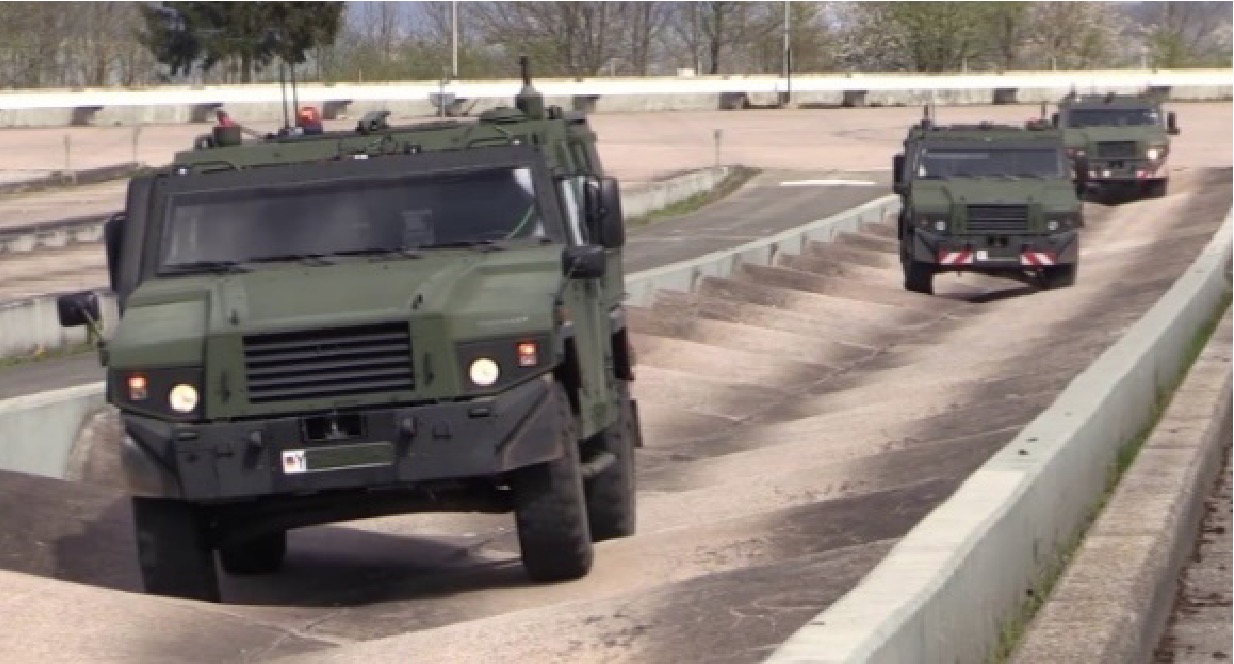
Proving Ground Management
The GTC System is designed with the whole proving ground in mind. The supervisor can track and monitor the location of all vehicles and robot platforms in a single map view or zoom into individual vehicles across the site. Non-testing vehicles such as maintenance and service trucks can also be tracked and monitored with a vehicle tracking device from AB Dynamics and will be considered in the advanced collision checking and prevention system. This provides an extr a level of safety and security. Fixed assets on the proving ground can be monitored and controlled directly from the software. For example, input signals such as ground loop sensors and laser fences can be used to trigger events such as vehicle emergency stops.
† When used with a high accuracy RTK-INS tracking device
* When both vehicles are robot controlled in path following mode
